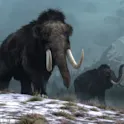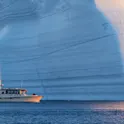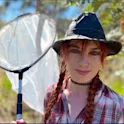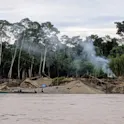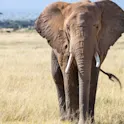
Environment
22 Aug 2025
Wildfires can raise local death rate by 67%, shows study on 2023 Hawaiʻi fires
Scientists studying the devastating Lāhainā, Maui fires of August 2023 found that deaths were two-thirds higher than expected that month — and 367% higher during the most intense week of the blaze.
